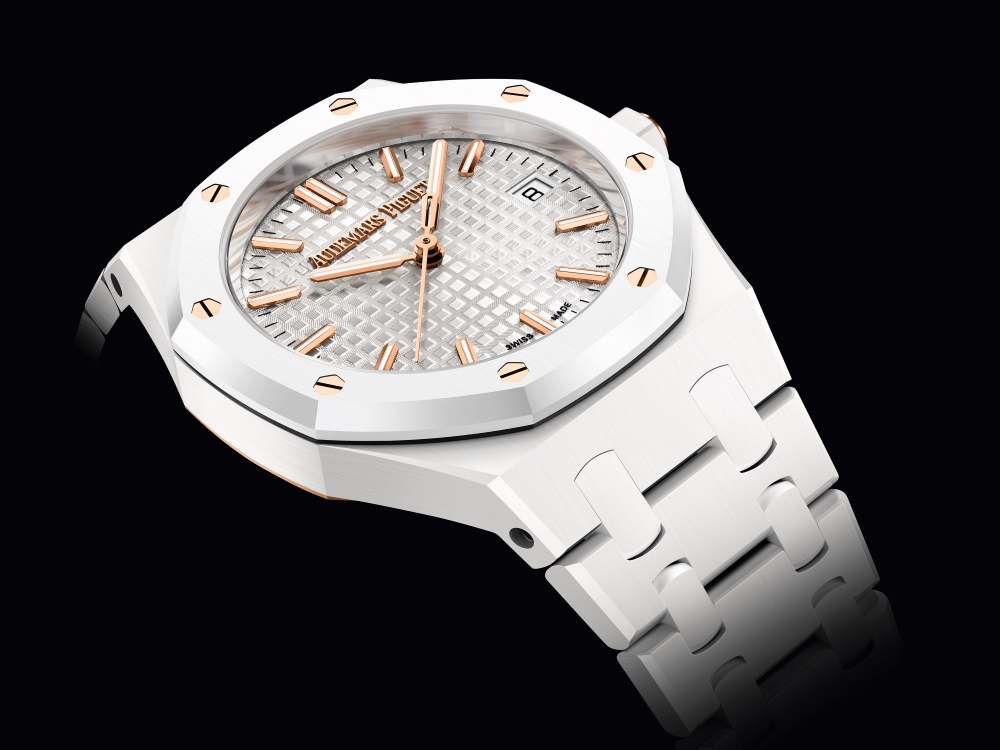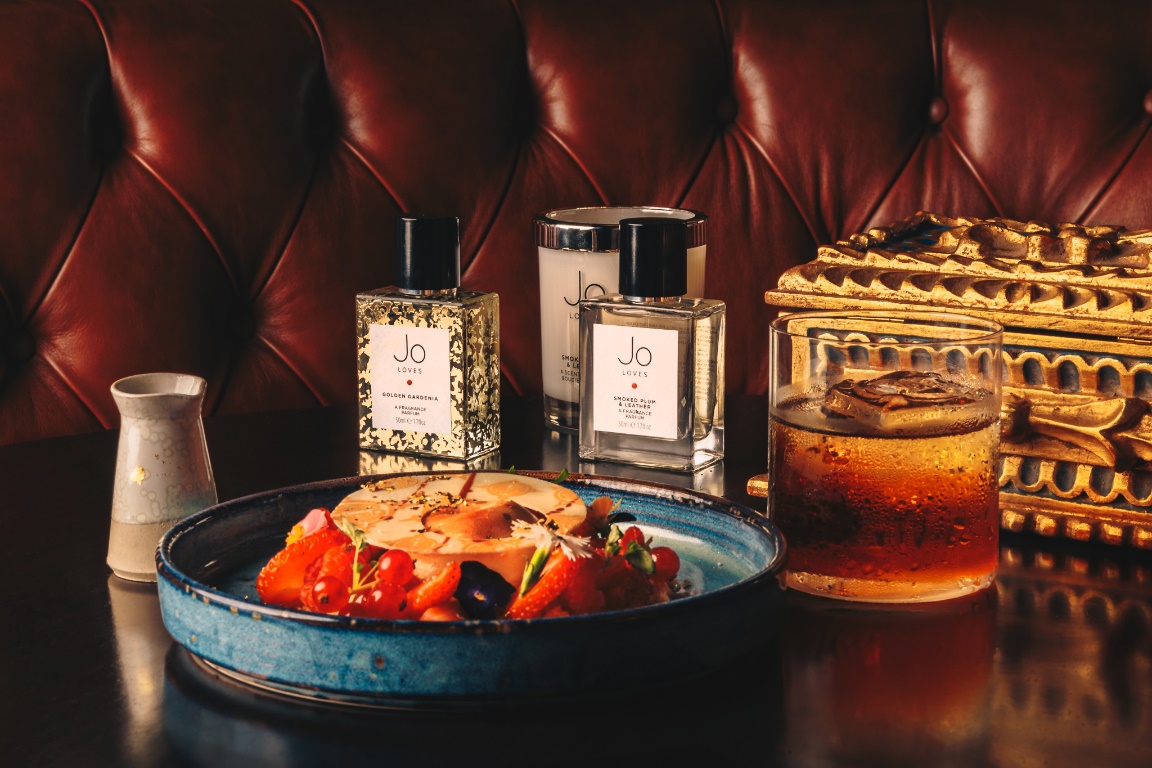Floral brooches, in fact, have always been a core of the Maison’s creative process since its beginnings, testifying to the fact that Nature is a source of great inspiration for all generations of Buccellati designers.
The Magnolia brooch, originally in yellow gold, made its debut in the Buccellati jewellery range during the 1980s, when Gianmaria designed a Magnolia set among the creations destined for the famous Wako mall in Tokyo, Japan. Its appeal was such that, in the 1990s, Gianmaria introduced a new design of this flower, with white gold petals and yellow gold pistils, and used it to create brooches and pendant earrings.

From 2002, the brooch was further embellished with the addition of diamonds on the central pistils of the flower, and in 2004, variants in white or yellow gold with a central pearl or precious stones were produced. After the Magnolia, the series was enriched with new brooches with floral designs: from the carnation, lotus and frangipani, through the sunflower and narcissus, to the more delicate anemone and clematis, all made using the ‘rigato’ and ‘segrinato’ engraving techniques and embellished with diamonds, pearls and coloured stones.
The fil rouge uniting Magnolia brooches, from the oldest ones to those in production today, is the ‘’segrinato‘’ engraving, which gives the petals a soft texture. It is obtained strictly by hand, engraving with a burin some overlapping lines in different directions, not preordained, so that the petals look real, soft, moved by the wind. Since the 1930s and 1940s, the ‘segrinato’ technique was mainly used on silver objects, such as boxes and vases. In the following two decades, however, this type of engraving reached its maximum potential in jewellery objects, as it was considered ideal for giving movement to leaves, flowers and fruit that made up bracelets or brooches, thus giving a highly realistic rendering of the natural world.

Recently acquired, the rare yellow gold leaf bracelet, designed by Mario Buccellati and handcrafted in the 1950s, represents the pinnacle in the development of this technique. It was during this period that the founder of the Maison further enhanced the refined engraving techniques and grasped the potential of the ‘segrinato’ to best render the surface of natural elements such as leaves.
A series of documents found in the Archives, including a clipping from a famous American newspaper, celebrates his intuition, emphasising the ‘matt’ effect of the ‘segrinato’ and the uniqueness of this ‘handmade in Italy’ bracelet, which can now be admired in the historical Buccellati collection. Thanks to the collaboration of two generations of craftsmen, and their skilful hands, the creation is now shining anew. The restoration work was also a precious point of comparison between them, who shared impressions and feelings to revive the ancient ‘segrinato’ technique, preserving and passing on to future generations of craftsmen.

Today, it is still a technique that the Maison uses for various details and that is diligently handed down by the craftsmen from father to son, in a passage of knowledge and skills that is essential to maintain a high level of excellence.
Buccellati’s Magnolia brooch testifies the timelessness of the Maison’s designs and demonstrates how the beauty of objects created in the past – when true and objective – can endure undiminished and fascinate all generations of an entire century and beyond.

About Buccellati
Buccellati is a renowned high-jewelry brand, admired for its craftmanship and the uniqueness of its creations. Distinctive is the use of rare stones with extraordinary colors, mixed with white and yellow gold, all nicely carved like laces. Today, the Buccellati jewels stand out for their design and for the techniques used to create them, such as the hand-engraving technique, dating back to the ancient goldsmithing traditions of the Italian “bottega” during the Renaissance times. The shapes of the collections are all inspired the historical archive drawings and by the very first creations of the founder, Mario Buccellati. Today, the Maison is 100% owned by Richemont, but the Buccellati family is still present in the company with top level managerial functions. Buccellati boutiques are present in the most important cities and in the most prestigious Malls of the world.
For more information, please visit https://www.buccellati.com.



